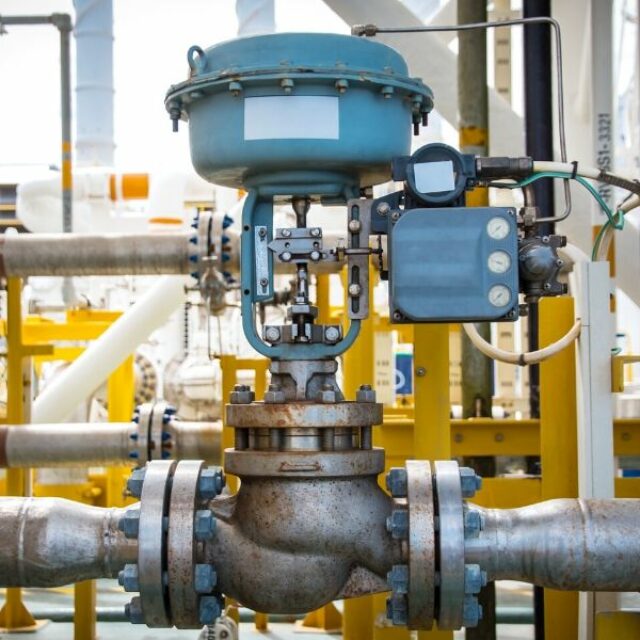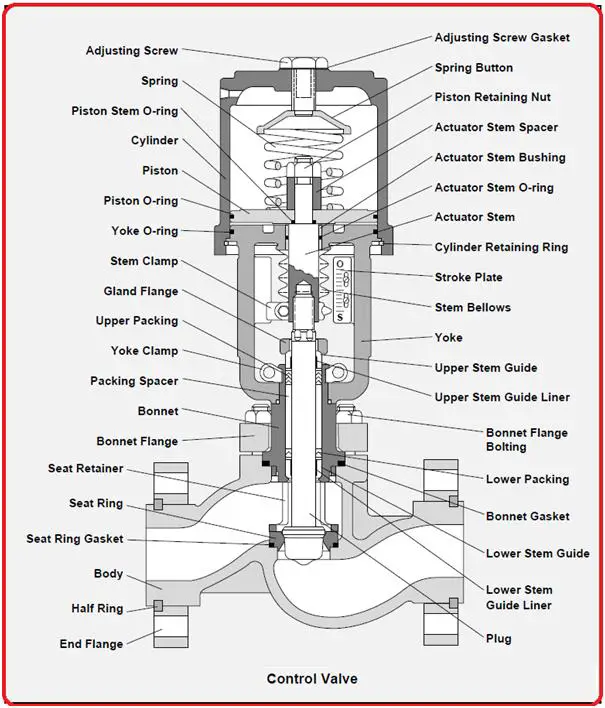Achieve Seamless Assimilation and Control With High Quality Structure Automation Controls
In the realm of modern-day building monitoring, the importance of high quality building automation controls can not be overstated. As technology remains to development, the assimilation and control of various systems within a structure have progressed to be a lot more innovative and efficient. The seamless procedure and monitoring of illumination, HVAC, safety and security, and other building functions have actually ended up being extremely important for improving passenger convenience, energy effectiveness, and overall operational performance. The trip towards achieving true integration and control is a diverse one, with factors to consider varying from system compatibility to cybersecurity. Welcoming high quality structure automation controls is not merely a matter of comfort yet a tactical necessary for organizations aiming to optimize their facilities' efficiency and sustainability.

Evolution of Structure Automation Controls
Throughout the previous couple of years, the advancement of constructing automation controls has dramatically changed the means buildings are taken care of and operated. Originally, developing automation systems mainly concentrated on basic features such as controlling air, home heating, and ventilation conditioning (HEATING AND COOLING) systems. Nonetheless, as innovation progressed, these controls have actually become a lot more innovative, enabling a wider variety of structure systems to be integrated and managed centrally.
The development of developing automation controls has actually seen a change towards even more intelligent systems that can adapt to transforming problems in real-time. This adaptability is essential for maximizing power performance and guaranteeing resident comfort. In addition, contemporary building automation controls currently provide functions such as predictive maintenance, remote tracking, and data analytics, allowing center supervisors to make data-driven choices to enhance structure efficiency.

Benefits of High Quality Assimilation
The development in building automation manages towards more smart systems has actually highlighted the substantial benefits of top quality integration in maximizing structure procedures and enhancing overall effectiveness. This centralized control also provides better visibility and insights into building performance, making it possible for aggressive upkeep and optimization techniques. Overall, the benefits of quality integration in structure automation controls are undeniable, providing raised effectiveness, convenience, and operational performance.
Improved User Experience and Access
Enhancing user communication with structure automation regulates via intuitive design and enhanced availability elevates the total experience for occupants and facility supervisors alike. By concentrating on customer experience, constructing automation systems can come to be a lot more easy to use and efficient. User-friendly user interfaces, clear navigation, and customizable settings equip customers to connect with the controls easily and efficiently.
Availability functions play a critical duty in ensuring that all people, consisting of those with disabilities, can utilize the building automation regulates effortlessly. Including functions such as voice commands, responsive switches, and color-contrasted display screens can improve access and make the controls a lot more comprehensive.
Furthermore, boosted customer experience leads to greater customer contentment, boosted efficiency, and far better decision-making. Passengers can adjust ecological setups according to their preferences, while center supervisors can successfully keep track of and handle structure systems - control valves. Overall, focusing on customer experience and access in building automation manages contributes to an extra efficient and seamless structure setting for all stakeholders involved
Lasting Practices With Automation

Additionally, automation can facilitate the integration of sustainable power resources such as solar panels or wind turbines right into building operations. By instantly changing power usage based on the availability of renewable resource, structures can further minimize their dependence on non-renewable sources. This smooth integration of lasting practices not just profits the atmosphere yet also improves the overall operational anonymous performance and cost-effectiveness of the structure. Via automation, buildings can line up with contemporary sustainability web goals and add to a greener future.
Future Trends in Structure Control Systems
In expectancy of evolving and advancing technologies sustainability methods, the trajectory of building control systems is positioned to embrace transformative approaches and cutting-edge services. One famous pattern shaping the future of building control systems is the enhanced combination of Expert system (AI) and maker understanding. These technologies enable structures to adjust in real-time to transforming problems, maximizing energy intake and enhancing comfort for passengers. Additionally, the Internet of Things (IoT) is revolutionizing building control systems by linking sensors and tools to boost and improve operations efficiency.
Another key trend is the emphasis on cybersecurity procedures to safeguard against potential risks to building automation systems. As structures become much more interconnected, making certain durable cybersecurity methods will be important to protect delicate information and prevent unauthorized access.
In addition, the change towards cloud-based platforms is obtaining momentum, enabling streamlined control and remote access to building systems. This assists in much easier monitoring, upkeep, and updates, enhancing the overall efficiency and adaptability of structure control systems. As innovation remains to breakthrough, these fads are expected to shape the future landscape of structure automation controls, driving advancement and sustainability in the built environment.
Conclusion
Future trends in building control systems are likely to concentrate on additional boosting automation capabilities for find out improved energy efficiency and total performance. It is necessary for building owners and operators to focus on the adoption of high quality structure automation controls to optimize building operations and attain lasting sustainability objectives.
In the world of modern-day building management, the significance of high quality structure automation controls can not be overstated. Generally, the development of building automation controls proceeds to drive advancement in the structure administration industry, supplying new opportunities for creating smarter and extra lasting structures.
The improvement in building automation manages towards more smart systems has actually underscored the considerable advantages of quality combination in maximizing structure operations and improving overall effectiveness. Overall, prioritizing customer experience and accessibility in structure automation manages contributes to an extra seamless and productive structure environment for all stakeholders entailed.
It is important for structure proprietors and drivers to focus on the fostering of top quality building automation regulates to optimize structure operations and attain long-lasting sustainability goals. - control valves